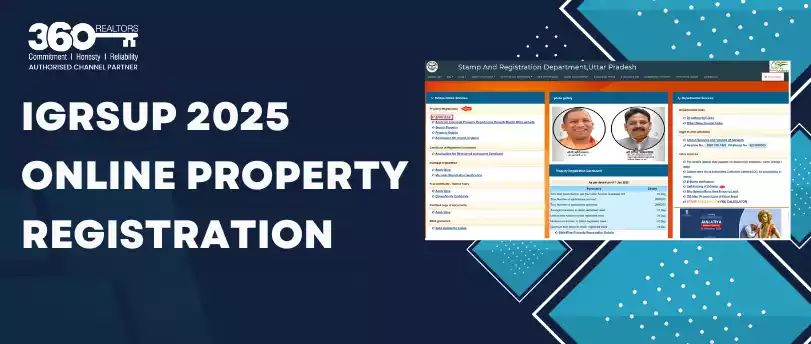The Indian cabinet has approved the much sought-after Model Tenancy Act (MTA), which will herald a new era in Indian Real Estate. The rental markets in India have been mostly fragmented, unorganized, and poorly managed. This has resulted in an inventory overhang of over 11 million vacant houses. However, with the advent of the MTA, the tenant and homeowner relationship will be greatly institutionalized.
MTA has outlined clearly defined obligations of both tenants as well homeowners. The homeowner can’t increase the rentals without prior notice of fewer than 3 months. Likewise, the randomness of the security deposits will be capped. In the case of residential property, the security deposits can’t exceed more than 2 months (it is 6 months in the case of a commercial property). MTA has also given relief to homeowners from overstaying tenants. To further strengthen the pact, MTA has also proposed fast-track courts where disputes can be addressed speedily.
Increased Participation by Institutional Investors
Besides giving relief to all the stakeholders involved, MTA will also give a big push to big-ticket size institutional investments in the lucrative rental market of India. The rental market has been underutilized as its unorganized nature has dissuaded bigger investors. However, in countries like India, rental homes hold tremendous potential. Rental housing, including multifamily houses, student accommodation, service apartments, and co-living, has huge potential to take off.
Already, institutional money is being bet big on Indian real estate. As per research by Colliers, the amount of institutional deal flow in Indian real estate is expected to amount to USD 5.5 Billion, up from USD 4.8 billion in 2020. During 2018-2020, more than 50% of the capital has been directed towards commercial assets comprising data centers, office assets, warehouses, logistics parks, etc. While data centers and warehouses will continue to magnetize investments, there is a dearth of investable office stocks. Moreover, post-lockdown most of the companies will continue in WFH mode, which will result in a slowdown in appetite for greenfield office projects.
Backed by ample dry powder and lowered global rates of interest, investors will scout for new alternatives. Rental housing assets such as multi-family homes, student housing, etc will be viable alternatives to make elevated yields.
Bridge the Housing Gap
In the face of rapid urbanization, Indian cities and towns suffer from inadequate housing, resulting in the proliferation of slums and informal settlements. To address housing challenges, India envisions offering quality living to its Economically Weaker Section (EWS) and Lower Income Group (LIG) under the flagship Housing for All initiative. The government has done a commendable job and sanctioned over 10 million houses as of Feb 2021, out of which around 3.2 million is ready and work has commenced on another 6 million units.
The Housing for All is a prudent initiative but looking at the magnitude of the housing challenge, it might not be enough. To plug the gap, rental housing projects will also be a viable option, working in tandem with housing projects. A large portion of the informal workforce, migrant workforce, public sector employees, etc. may not opt for buying homes and prefer rented accommodation. Thus, increased injection of institutional money will not only boost rental housing but also solve the challenges of strained housing supply.






